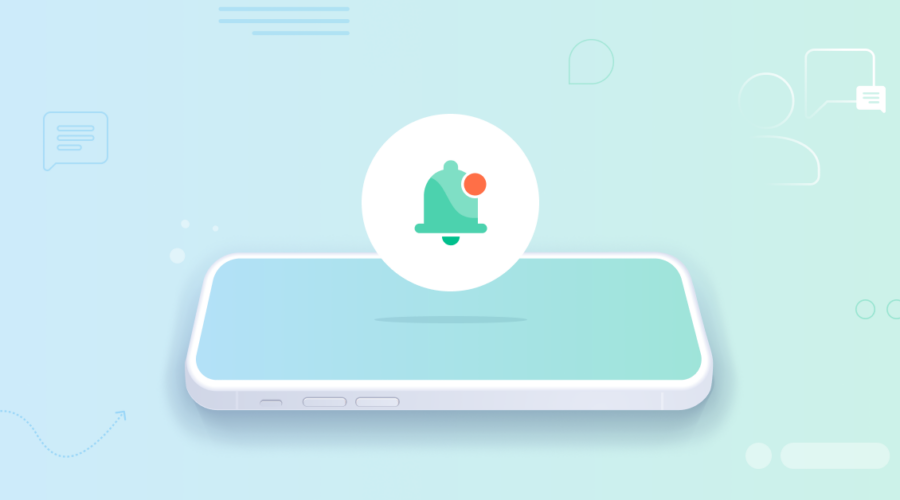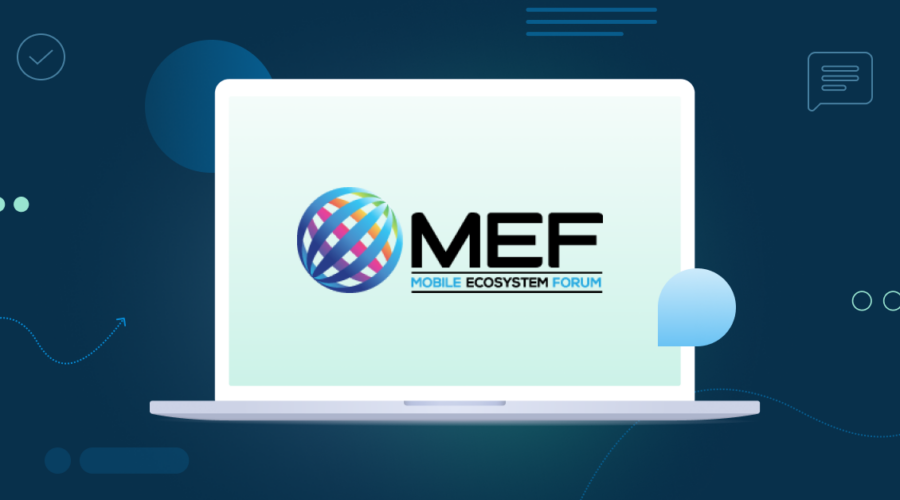Communications Platform-as-a-Service (CPaaS)
What is CPaaS?
Communications Platform-as-a-Service (CPaaS) solutions include voice, messaging, 911 access, and other communication-focused APIs. These APIs allow developers to quickly and easily integrate calling, texting, and other telecommunication functions directly into applications or software services. On the back-end, these APIs are typically supported by VoIP networks to get calls and messages from one user to another. To put it simply: they can give virtually any internet-connected device or application telephone functionality.
CPaaS is entirely cloud-based and software-driven. It caters to application developers and product owners who need to tap into exciting digital and mobile features without having to build or locate any of the expensive (and complicated), physical network infrastructure. Communications APIs eradicate the need for users to communicate within channel-based silos for instant messaging, web conferencing, text messaging, voice calling, and more.
What CPaaS is not
PaaS: Platform as a Service
Technically CPaaS is a platform, so this is a larger category that CPaaS could fit into, but isn’t specific enough to nail down what type of platform.
SaaS: Software as a Service
Technically CPaaS is a software also, so (just like PaaS) this is a larger category that CPaaS fits into, but isn’t specific enough to nail down what type of software.
UCaaS: Unified Communications as a Service
The unified communications (UC) space is dedicated to providing a one-stop platform already designed for businesses to access phone services, video, call recording and more. CPaaS is more focused on a build-your-own approach, allowing custom uses for individual communication tools.
CCaaS: Contact Center as a Service
Although the contact center (CC) space also enables multichannel communication via a single cloud-based platform, CCaaS is all about customer communication, whereas UCaaS is more about internal collaboration, and CPaaS is about building a customized solution.
How does CPaaS work?
A CPaaS offering can consist of a combination of REST APIs, developer support, sample code snippets, documentation, and forums that let any developer incorporate communication-enabled features (such as voice calling & text messaging) directly into applications. Most companies also offer software development kits (SDKs) and libraries for building applications on different desktop and mobile platforms.
Think about social applications used everyday like Snapchat, Facebook Messenger, and chatbots. Now, more than ever, we want faster access to our services, viable feedback, and social features. CPaaS providers make it easy to embed communications in any application. And more than that, these APIs give developers and businesses the ability to track and add context to their communications with customers.
What consumers need to know about CPaaS
It’s important to select a CPaaS partner that will deliver the right functionality, with the quality your users expect, at a cost that doesn’t affect your bottom line. That’s true whether you’re creating your embedded communications strategy, or developing business applications that need to go the distance in today’s fast-paced technology arena.
Not every API provider offers the exact same functionality. Voice and messaging typically come standard, but it’s important to know exactly what features you’ll need both now, and into the future, so that you can choose the most robust feature set for your business needs. API providers that are also network carriers like Bandwidth can offer more APIs for number management functions such as bulk porting, placing calls, and sending messages. Some providers also offer API-based 911 emergency routing, video conferencing, or verification services, which can be rarities among the CPaaS players in today’s market.




